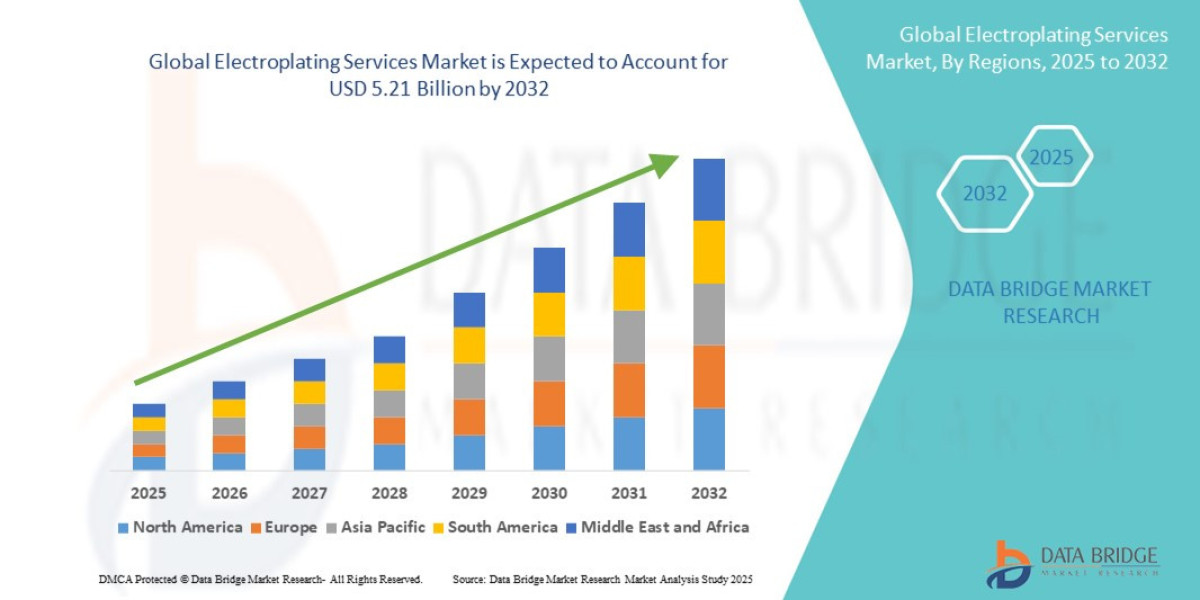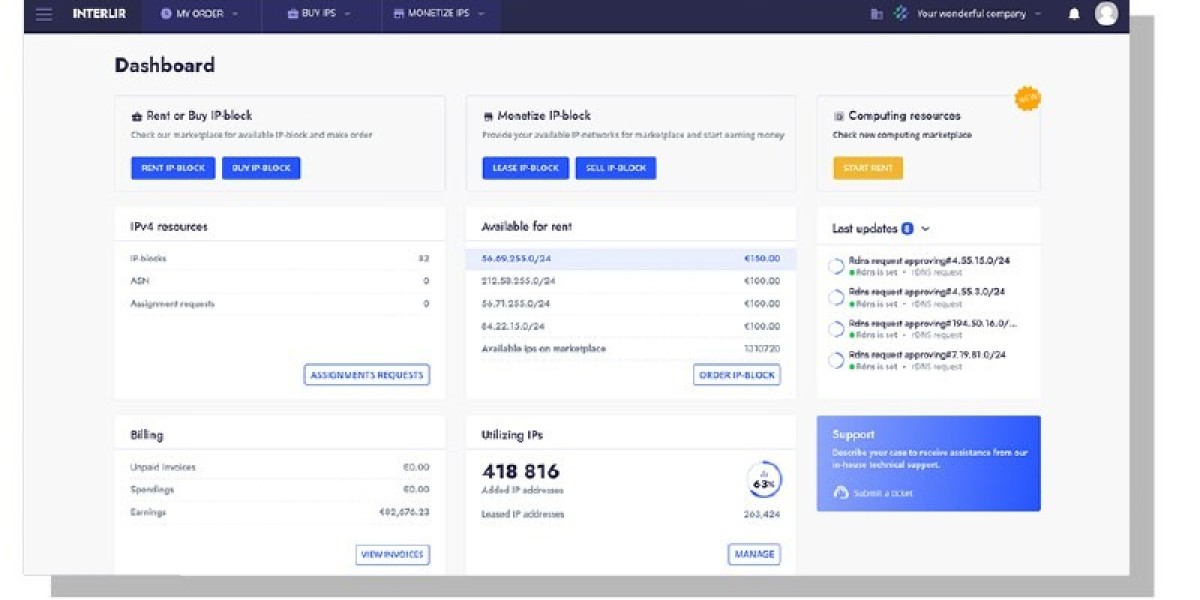The India Vertical Farming Market Share is witnessing significant growth as urban agriculture, controlled environment cultivation, and smart farming practices gain traction across the country. The adoption of indoor agriculture and hydroponic systems is transforming traditional farming methods, enabling higher yields, efficient land use, and sustainable food production. This shift is driven by rising population, urbanization, and the need for year-round crop availability in metropolitan areas.
Market Overview and Growth Drivers
Vertical farming in India is increasingly becoming a preferred solution for space-constrained urban centers. The implementation of hydroponic systems and controlled environment techniques allows for optimized growth conditions, minimal water usage, and reduced dependency on weather cycles. Smart farming technologies integrated into vertical farming setups are further improving productivity, monitoring, and resource management, ensuring higher profitability for agribusinesses.
Government initiatives, rising awareness of sustainable practices, and investments in agri-tech startups are contributing to the expansion of the India Vertical Farming Market Share. This market is also influenced by complementary technology sectors, such as the Italy Semiconductor Production Equipment Market and Italy Cold Chain Monitoring Market, which enhance automation, data collection, and precision in agricultural operations.
Competitive Landscape
Key players in the vertical farming sector are adopting advanced technologies, including IoT-enabled sensors, climate control systems, and AI-driven crop management solutions. The integration of these solutions supports scalable production, reduces operational costs, and improves crop quality. Companies are focusing on expanding their footprint across India’s urban regions to meet the growing demand for fresh, locally grown produce.
The market is also seeing innovation in sustainable lighting, nutrient delivery, and energy-efficient farming infrastructure, which collectively contribute to the increasing share of vertical farming in India.
Regional Insights and Technological Trends
Major urban hubs in India, such as Mumbai, Bangalore, and Delhi, are leading the adoption of vertical farming techniques due to limited arable land and high demand for fresh produce. Controlled environment agriculture and hydroponic systems are being integrated with smart farming technologies to ensure consistent production throughout the year.
Technological advancements such as automated nutrient management, climate control sensors, and AI-driven analytics are further enhancing operational efficiency. These innovations are expected to drive the India Vertical Farming Market Share forward, positioning the country as a prominent hub for modern urban agriculture solutions.
Future Outlook
The future of vertical farming in India is promising, with continued investments in indoor agriculture, smart farming solutions, and controlled environment setups. As demand for sustainable, locally produced food increases, vertical farming is likely to become an integral part of India’s urban agriculture ecosystem. Growth in complementary markets like semiconductor production equipment and cold chain monitoring will also facilitate technological integration, further strengthening the sector.
Meta Description:
Explore the growth and trends of the India Vertical Farming Market Share, including indoor agriculture, hydroponic systems, smart farming, and controlled environment agriculture for urban centers.
FAQs
1. What factors are driving the growth of the India Vertical Farming Market Share?
The market is expanding due to urban agriculture adoption, hydroponic systems, controlled environment farming, and smart farming technologies.
2. Which regions in India are leading vertical farming adoption?
Urban centers like Mumbai, Bangalore, and Delhi are at the forefront due to limited land availability and high demand for fresh produce.
3. How are complementary technology markets influencing vertical farming growth?
Markets like the Italy Semiconductor Production Equipment Market and Italy Cold Chain Monitoring Market enable automation, data collection, and efficient cold storage, enhancing productivity and sustainability in vertical farming.








